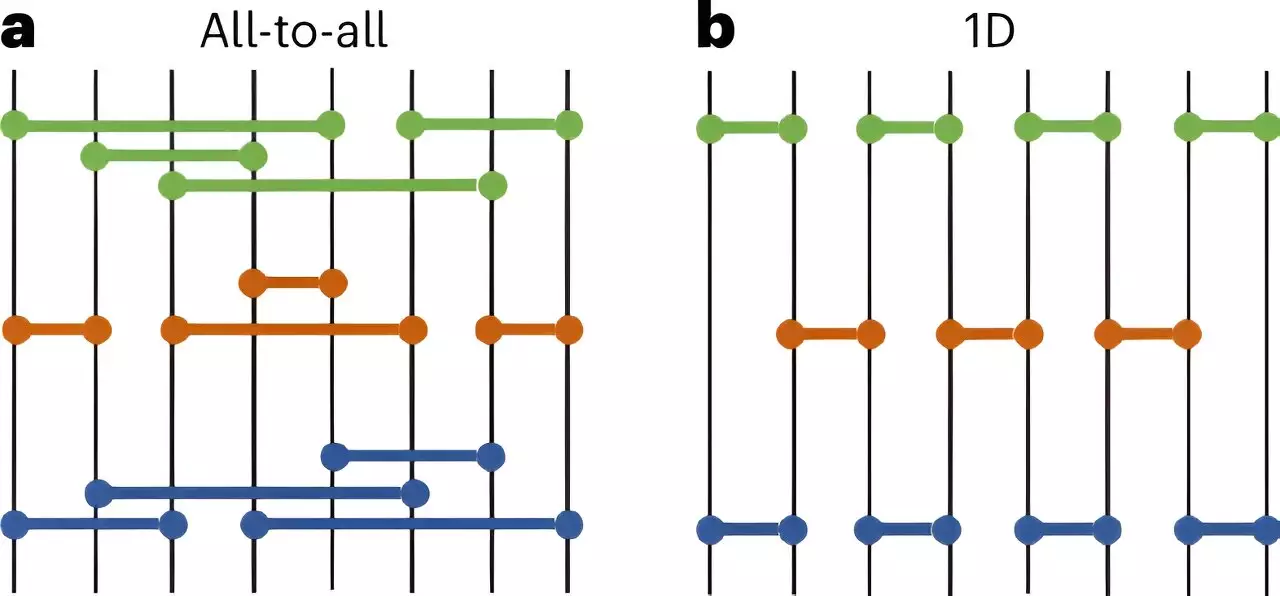Quantum computing has been gaining momentum in the scientific community as a powerful tool for solving complex problems and pushing the boundaries of our knowledge. One crucial aspect of quantum computing that researchers are focusing on is quantum error correction. As quantum computers become more prevalent in both fundamental science and future technological applications, the need to enhance their accuracy and reliability becomes paramount.
Recent research published in Nature Physics sheds light on a groundbreaking discovery in the realm of quantum error correction. The study, led by researchers Jinmin Yi, Weicheng Ye, Daniel Gottesman, and Zi-Wen Liu, supported by Perimeter, uncovers a novel method to differentiate nontrivial quantum error correction codes from trivial ones. This new approach is not arbitrary but rather represents a significant advancement in understanding how quantum systems operate in the real world.
The implications of this discovery extend beyond quantum computing into other areas of study such as condensed matter and quantum gravity. By establishing a rigorous connection between Approximate Quantum Error Correction (AQEC) code properties and the complexity of quantum circuits, scientists can now assess the precision level of quantum codes with greater accuracy. This newfound understanding of AQEC codes could potentially answer some of the most challenging questions in physics.
One notable application of this research is in the study of topological order, where researchers have long grappled with understanding the relationship between entanglement conditions and code properties. With the tools provided by the study of AQECs, scientists can delve deeper into the intricate properties of quantum materials and advance their knowledge in this area. Additionally, insights gained from evaluating AQECs using subsystem variance have implications for integrating quantum mechanics with general relativity, offering new perspectives on this longstanding challenge in physics.
Future Directions and Opportunities
While these initial findings are promising, there is still much to explore in the realm of quantum error correction and its potential applications. The research opens up new avenues for investigating the scope and utility of AQEC, as well as its practical implications in various scientific disciplines. As scientists continue to probe the depths of quantum computing and its connections to the broader field of physics, the possibilities for groundbreaking discoveries are endless.
The discovery of a new way to distinguish quantum error correction codes represents a significant step forward in advancing our understanding of quantum systems and their practical applications. By bridging the gap between theoretical concepts and real-world applications, researchers are paving the way for future innovations in quantum computing and beyond. This research not only contributes to the academic knowledge base but also holds the potential to revolutionize industries and create new opportunities for scientific exploration.

